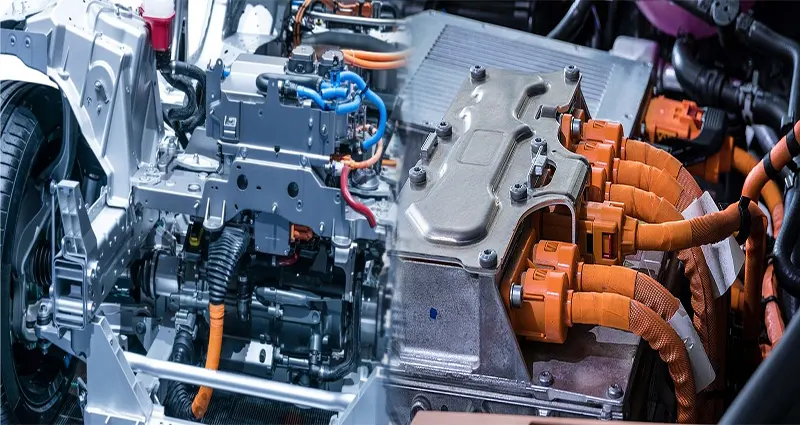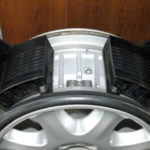Electric vehicles are becoming increasingly popular as a sustainable transportation option, with many car manufacturers introducing new models to the market. One essential component of an electric car’s propulsion system is the inverter. Understanding the role of the inverter is crucial in grasping how electric vehicles operate efficiently and effectively.
What is an Inverter?
An inverter in an electric vehicle is a device that converts direct current (DC) from the car’s battery into alternating current (AC) that powers the electric motor. The electric motor uses the AC power to drive the wheels and propel the vehicle forward. In essence, the inverter acts as the “middleman” between the battery and the motor, ensuring that the energy is converted and delivered in a usable form.
Key Functions of the Inverter
- Electric Motor Control: One of the primary functions of the inverter is to control the speed and torque of the electric motor by regulating the frequency and amplitude of the AC power supplied to it. This control mechanism is crucial in ensuring a smooth and efficient driving experience.
- Regenerative Braking: In addition to powering the motor, the inverter plays a key role in regenerative braking, a process in which the electric motor acts as a generator to convert kinetic energy back into electrical energy. The inverter manages this energy flow, allowing the battery to be recharged during braking and deceleration.
- Efficiency Optimization: The inverter is responsible for maximizing the efficiency of the electric vehicle by adjusting the power output according to driving conditions and demands. This dynamic control helps in conserving energy and extending the vehicle’s range on a single charge.
Importance of the Inverter in Electric Vehicles
The inverter is a critical component in the performance and efficiency of an electric car. Its role in converting and controlling electrical power directly impacts the acceleration, range, and overall driving experience of the vehicle. Furthermore, advancements in inverter technology have led to improvements in efficiency, power density, and thermal management, making electric cars more viable and competitive in the automotive market.
Understanding the role of the inverter in an electric car is essential for appreciating the complexity and innovation behind electric vehicle technology. As the automotive industry continues to shift towards sustainable transportation solutions, the inverter remains a key element in powering the future of electric mobility.
By gaining insights into how the inverter functions and contributes to the performance of electric vehicles, consumers can make informed decisions when choosing and driving an eco-friendly mode of transportation.











